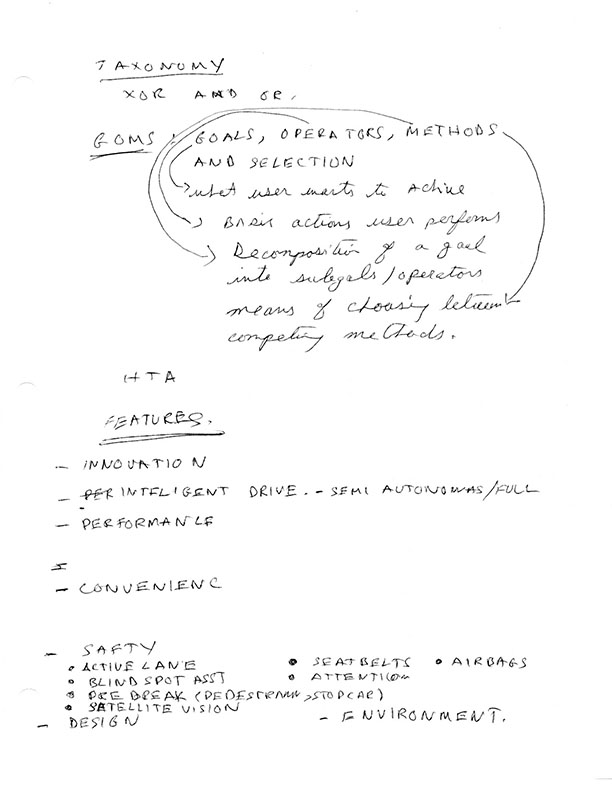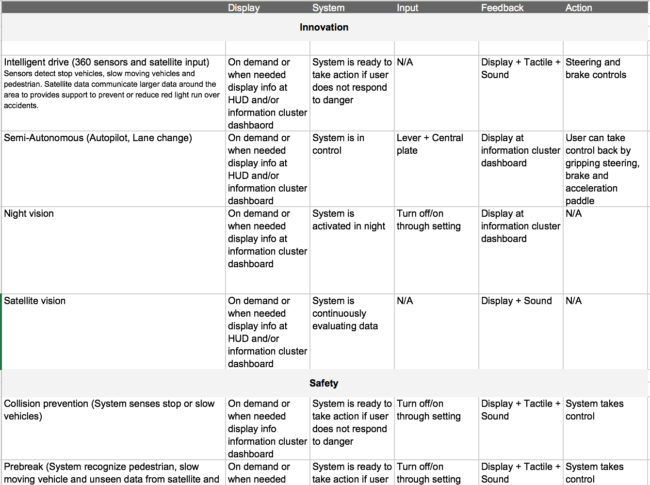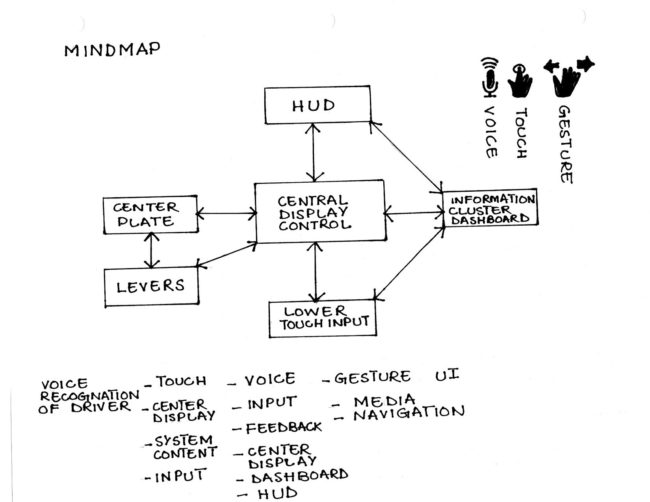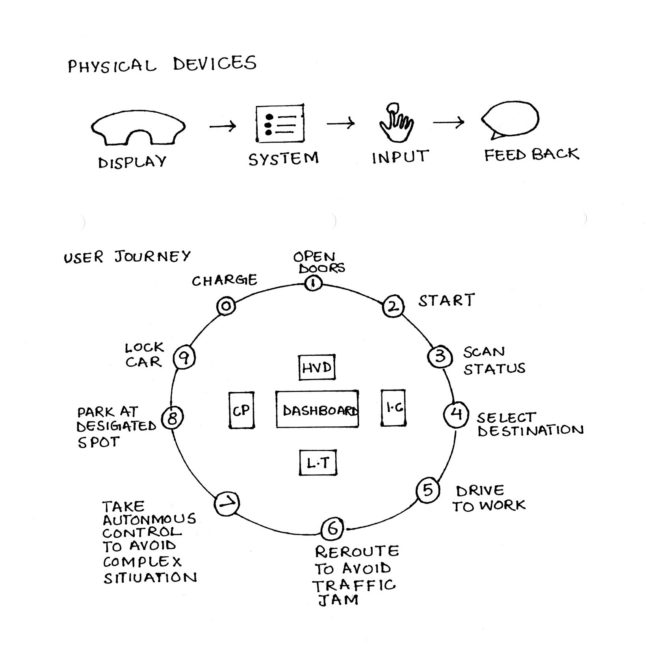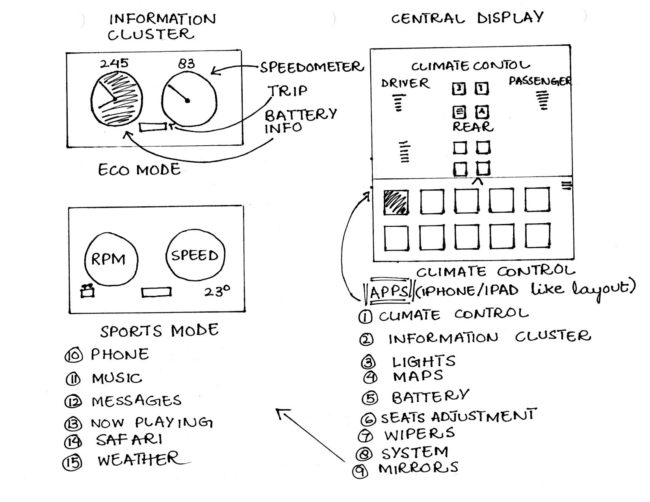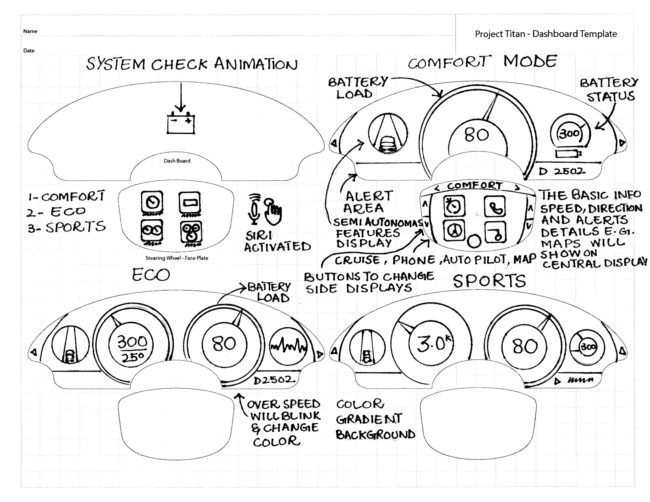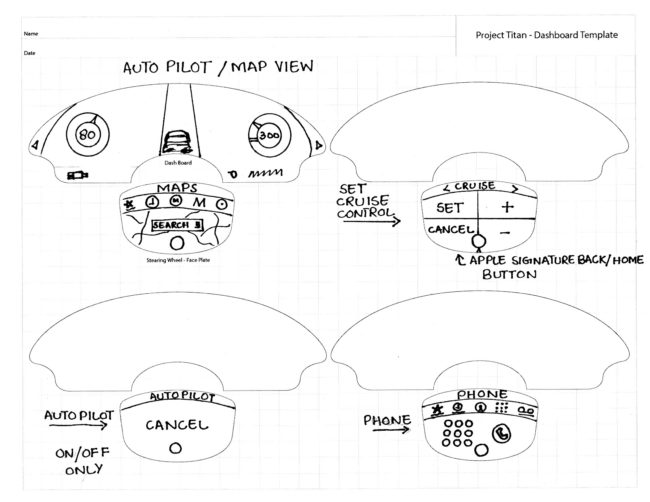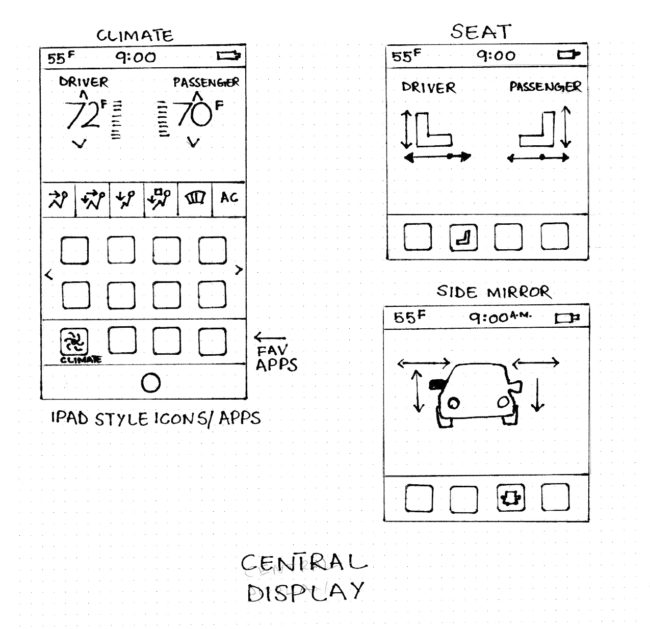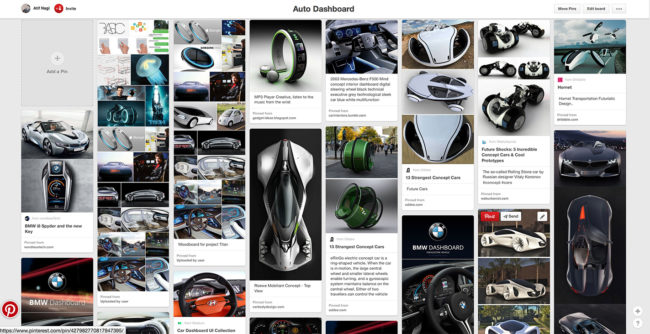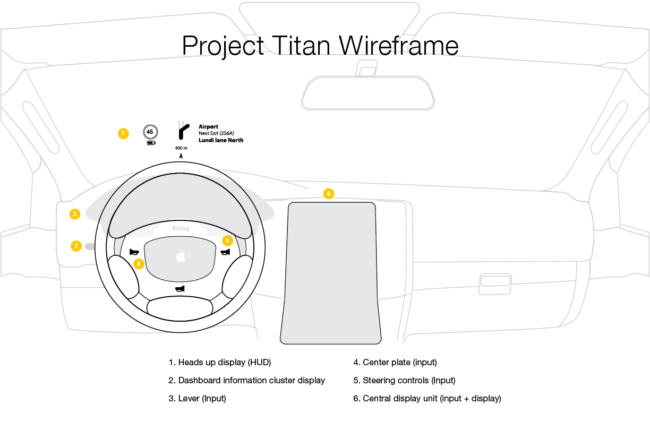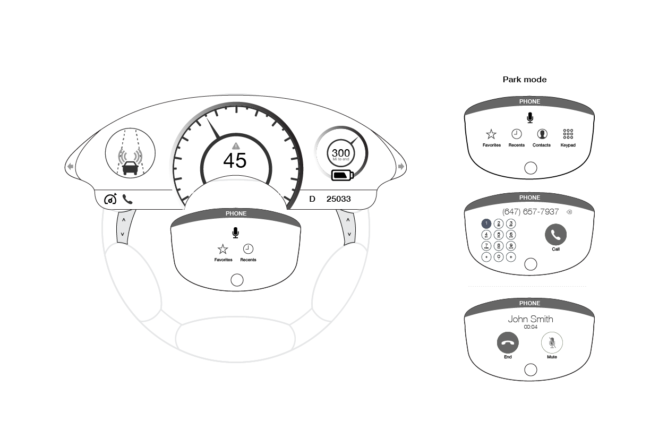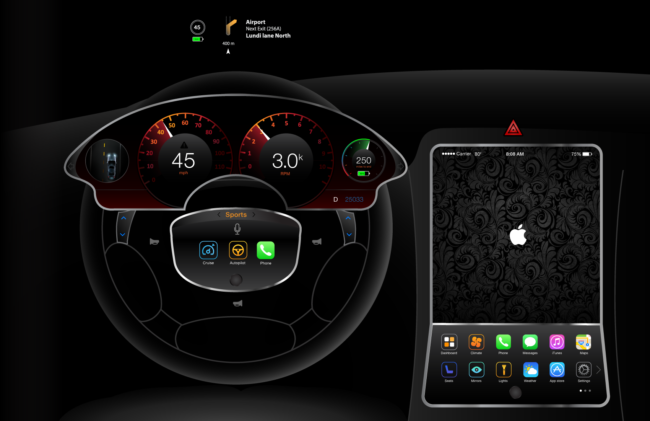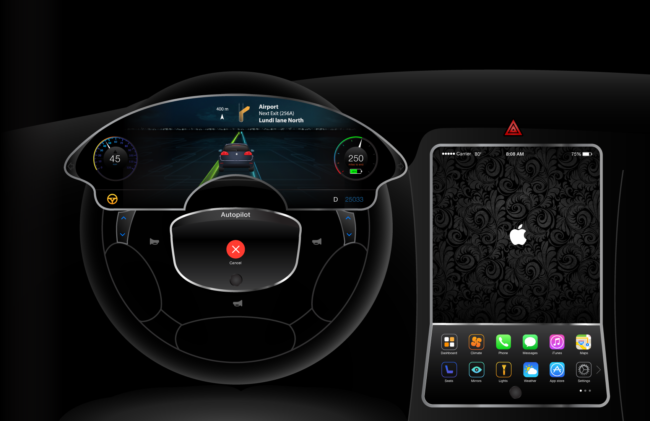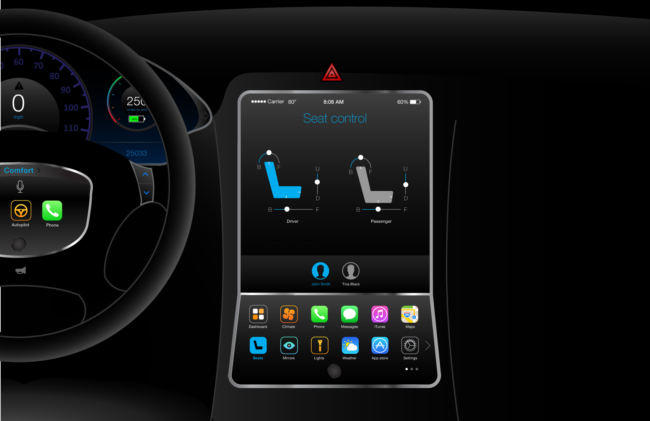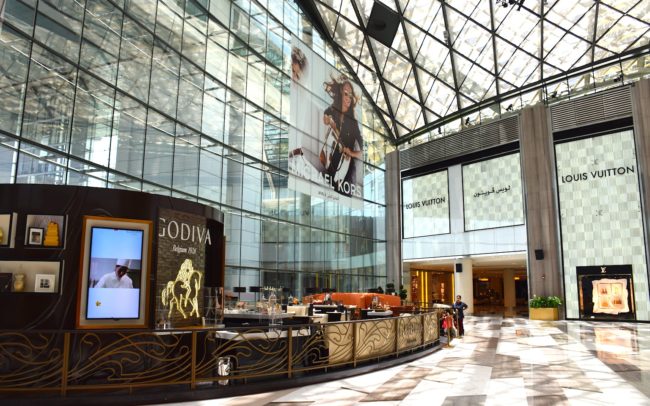Project Titan
My Role
Customer Insights & Ideation
I partnered with multifunctional subject matter experts to evaluate key concept features and brainstorm the proper way to translate them into a final product that addresses target customer behaviors and motivations.
Experience Strategy & Vision
I fleshed out the project vision and highlighted the design principles and content approach before developing an overall UX strategy upon which I could base frameworks and prototypes.
Planning & Scope Definition
With the defined UX process in place, I organized a timeline of tasks and conceptualized priority features for launch and beyond.
Oversight & Coordination
I collaborated with subject matter experts throughout the process to ensure that concept benefits and features were translated into a final product that addresses the needs of target customers.
Define, Design & Validation
To build the interactive prototype solution, I walked my concept through each stage of the design thinking process – persona development, user journeys, scenarios, wireframes, prototypes and usability testing.
Leadership
My role as UX expert involved managing the full user-centric design process, coordinating with subject matter experts and presenting concepts and storyboards to gain their trust throughout the project lifecycle.
The Journey
Research
While performing background research, I discovered that almost all key players in the industry are already working on semi-autonomous electric cars and are heading toward full vehicle autonomy.
Apple’s real challenge in taking the driving experience to the next level is in designing a car that measures up to its renowned user experience. In order to create a simpler and more intuitive driving experience for a vehicle with aspirational aesthetic appeal, I needed to design on-demand UI that is revealed to the user only when needed.
Define
Following the conclusion of my research, I developed primary and secondary buyer personas: Jason and Elena are design-savvy, early adopters looking forward to experiencing vehicle autonomy, firsthand.
Semi-autonomous and smart safety technology already exists in vehicles on the market. In order to create an aspirational, yet intuitive, user experience for Jason and Elena, I’d need to combine the benefits of this current technology with UI, voice control and haptic feedback.
Primary Persona
“I appreciate luxury cars, but I haven’t found an electric vehicle that is equipped with equally luxurious technological features. It’s be great if an environmentally friendly option was available with intuitive user commands to help make my lengthy commute less stressful.”
Jason Bradford
Secondary Persona
“I wish technology could help me be better aware of cyclists and pedestrians who are sharing the road. It would be a safer world for everyone if there were affordable self-driving vehicles on the market.”
Elena Rose
Ideate
I used rough iterative concept sketches to share ideas with subject matter experts, while implementing the 20-80 rule to cut down on unnecessary options and focus on persona needs.
Included product attributes that emphasize user-centric design:
- Critical information controls featured on center plate
- Real-time performance feedback found on information cluster
- Non-critical and luxury information controls available in central display unit
- Voice-activated Siri always available as a primary source of navigation
These elements offer users flexible and predictable performance through intuitive interfaces with explicit, pattern, hidden and metaphorical affordance. I developed a medium fidelity wireframe prototype to effectively bridge raw creative thoughts to final product features for review and evaluation.
Solution Design
I developed a medium fidelity wireframe prototype to effectively bridge raw creative thoughts to final product features for review and evaluation. Defining content and system functionality was achieved through quick wireframe prototypes bridging raw creative thoughts to the final product, validated by the following usability studies and results were applied to visual design mockup to bring the solution to life.
Design Principles
Clear
System information is displayed in an understandable and straightforward fashion with clear interface buttons, navigation options, simple language labels and universal icons.
Affordance
Action buttons signaled by language, negative affordance, contextual menu and metaphor affordance are metaphorically implemented using real-world menu icons.
Consistent
Apple OS affordance, navigation, labels, language, colors, icons and user interface patterns are used consistently.
Focus
Singular and focused UI of an intuitive nature is reflected in basic user-oriented output (e.g. speedometer, RPM, battery and on-demand alert feedback).
Accessibility
W3C standards are applied throughout the design, i.e. high contrast, B/W design, font size readability and visual hierarchy.
Wayfinding
Landmark icons, well-structured paths and fewer choices help users easily navigate the vehicle interface. They know where they are, what they can do, where they are going and where they have been – at any given moment.
Conclusion
The full design thinking process – research, ideation, exploration, define, design, prototype and usability validation – was implemented in the execution of the ExpensAble project.
I was able to refine the deliverable to stakeholder specifications using paper and interactive prototypes to strategically progress through my three-cycle interactive approval process. After multiple iterations, I achieved effectiveness, efficiency, and satisfaction on user flow interactions, intuitive UI, labels and icons of the interface – each of which was supported and validated by prior usability testing.
Additional research and evaluation is necessary to complete the Titan’s entire interface design and take its current features to the next level of performance.



